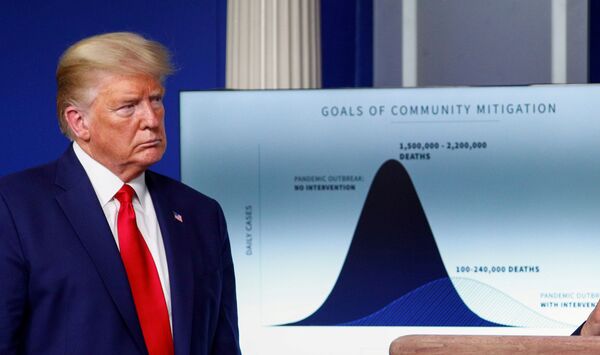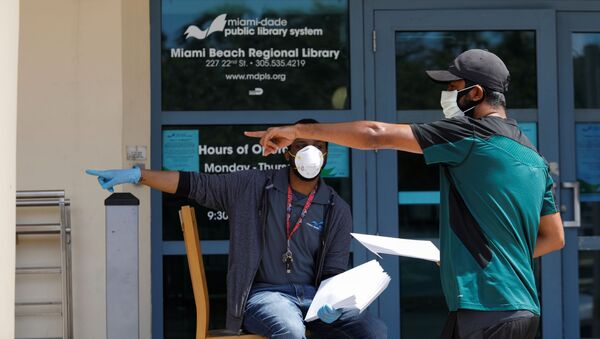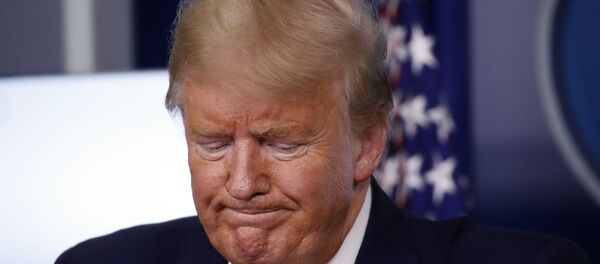The US unemployment rate is expected to reach 12% in the second quarter of 2020, as more than 4.5 million jobs in America's non-farm sector could be lost throughout April-June as the coronavirus pandemic is still ongoing, the National Association for Business Economics (NABE) predicted, citing a survey of a panel of 45 forecasters from the industry.
The job market is still expected to bounce back towards the end of the year, the association projected, with the unemployment rate falling to 9.5%, as hundreds of thousands of positions will be recovered. According to the forecast, the unemployment rate will then level off at 6% by the end of 2021. The reports did not specify which sectors of the economy will be the most vulnerable.

In March 2020, there were still signals that the American job market was healthy, with the unemployment rate remaining below 4% - among the lowest indicators in recent decades. This was a point of pride for Donald Trump, who hopes to be re-elected in November. However, the coronavirus pandemic, which has already taken the lives of more than 16,000 people in the United States, according to the data provided by Johns Hopkins University as of 10 April, also took its toll on the American economy.
“NABE Outlook Survey panellists believe that the U.S. economy is already in recession and will remain in a contractionary state for the first half of 2020, as the COVID-19 pandemic severely restricts economic activity,” says Constance Hunter, CBE, NABE President and chief economist from KPMG, as cited by the report.
The chief economist added that although the US GDP is expected to decline at an annualised rate of 2.4% in the first three months of 2020 and even further in the second quarter, America will return to economic growth by the end of the year, with a 5.8% annualised real GDP growth rate. She also believes, citing experts’ forecasts, that situation in the labour market will also eventually improve.
“Despite a sharp deterioration in labour market conditions, the median forecast suggests conditions will improve by the end of the year, with support from aggressive fiscal and monetary stimulus, as panellists expect the Federal Reserve to hold steady on near-zero interest rates through 2021,” the NABE president said.
On 13 March, the US president declared a national emergency due to the spread of coronavirus, with a number of quarantine measures and shelter-at-home orders have been imposed across American states. Later, Donald Trump suggested that some of the restrictions could be lifted to help Americans return to work as soon as possible.



